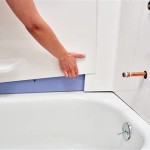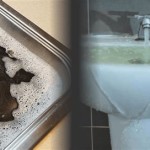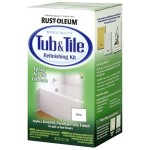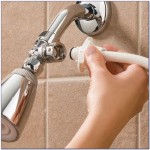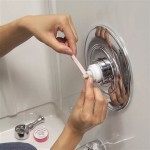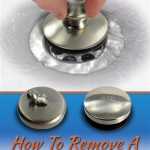Converting a Bathtub to a Walk-In Shower
Upgrading your outdated bathtub to a modern and accessible walk-in shower can significantly enhance your bathroom's style and functionality. Here's a comprehensive guide to assist you with this transformation:
Planning and Preparation
Before embarking on the conversion, it's crucial to plan and prepare meticulously. Determine the dimensions of your bathroom and the desired size of the walk-in shower. Consider the placement of fixtures and accessories, such as grab bars and seats, to ensure safety and comfort.
Demolition and Plumbing
Once the planning is complete, you'll need to remove the existing bathtub and surrounding fixtures. Ensure proper plumbing connections by hiring a licensed plumber to handle any necessary rerouting or adjustments of the shower drain and water lines.
Framing and Waterproofing
To create the structure of the walk-in shower, you'll need to install framing studs and drywall or cement board. The walls should be waterproofed using a specialized membrane or sealant to prevent moisture damage.
Shower Pan and Fixtures
The acrylic or porcelain shower pan will form the base of your walk-in shower. Install the shower pan according to the manufacturer's instructions, ensuring a watertight seal. Subsequently, install the showerhead, faucet, and any additional fixtures.
Tile and Accessories
To add style and durability to your shower, you can choose from a wide variety of tile options. Install the tiles carefully, ensuring proper spacing and alignment. Consider adding accessories like grab bars, seating, and shelves for enhanced safety and convenience.
Finishing Touches
To complete the conversion, apply grout to the tile joints and seal around the fixtures to prevent leaks. Install a shower door or curtain to enclose the shower area and enhance privacy. Finally, add finishing touches like a mirror, lighting, and storage solutions to create a fully functional and aesthetically pleasing bathroom.

The Pros And Cons Of Converting A Standard Tub Into Walk In Shower Naperville

Master Bathroom Renovation Converting A Bathtub Into Walk In Shower Our Handcrafted Life

Bathtub To Shower Conversion Safe Bathroom For Seniors

Tub To Shower Conversion Bath Remodel Ez Pro Baths

Tub To Shower Conversion A Great Aging In Place Project

Tub To Shower Remodel How Do It Right Homeadvisor

Cleancut Bath Cut Out Conversion Walk In Tubs

Bathtub To Shower Conversion Safe Bathroom For Seniors

How To Convert A Tub Walk In Shower Diy Guide

Tub To Shower Conversion Naples Repair Remodeling

